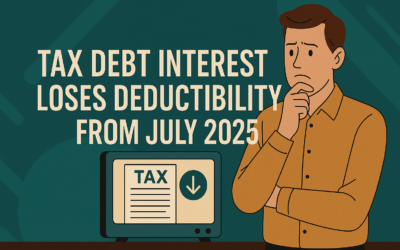We’ve teamed up with our friends at Windmill Financial Planning to answer some frequently asked personal insurance questions.
Personal insurances are designed to provide protection from the financial consequences of death or
disability. They therefore form an important part of most financial plans. Here, in brief, is how they
work.
What are the different types of personal insurance?
- Life insurance: This pays a lump sum benefit if you die.
- Total and Permanent Disability Insurance (TPD): This pays a lump sum benefit if you meet the
definition of being totally and permanently disabled. It is often bundled with life insurance.
- Trauma Insurance: Also referred to as recovery insurance, trauma insurance pays a lump sum
benefit if are diagnosed with or suffer from one of the specified illnesses, such as cancer, heart
attack or stroke.
- Income Protection Insurance: If you are unable to work due to illness or injury, income protection
insurance will pay you a regular income, usually capped at 75% of your pre-illness income. You can
select the waiting period before benefits become payable, and the length of the benefit period.
How much life insurance should I have?
For life and TPD cover, one rule of thumb is to work out how much is needed to pay off debts and
provide for current and future family living expenses. Subtract from this total the value of current
investments, including superannuation, to arrive at an approximate value of the insurance cover you
require.
Of course, individual circumstances vary widely. Your financial adviser will be able to help you assess
your needs and resources, and perform the relevant calculations for you.
How often should I review my cover?
Your personal insurances should be reviewed whenever there is a major change in your personal
situation. Key events to look out for include:
- Taking out a home loan
- Getting married or setting up house with someone
- Starting a family
- Receiving an inheritance
- Retirement
Generally, as savings increase and debts decrease, the level of cover required reduces over time, but
again, much depends on your individual situation.
How do I understand my insurance contract?
It’s important to understand what is and isn’t covered by your insurance. This will be detailed in the
Product Disclosure Statement, so it’s important to read and understand this. If you are unsure about
anything, ask your adviser for an explanation.
How do I choose the best insurance?
While pure life insurance is pretty straightforward, the other personal insurances may differ
significantly from policy to policy. Definitions of diseases may vary. There may be a range of optional extras – some valuable, others more of a gimmick. With TPD insurance, you may have the choice of
‘own occupation’ or ‘any occupation’. Insurance companies vary in the speed with which they
process claims, and beyond that is the question of which insurances should be held via a
superannuation fund and which should be held directly.
All this complexity means that selecting the best insurance cover is best done with the help of an
experienced financial planner.
More than one third of Australian families have no life insurance cover. Many more are under-
insured, even though the financial impact of not being adequately insured can be severe.
Put your mind at rest. If you have any concerns about the level of protection provided by your
current personal insurance policies talk to Windmill Financial Planning on 02 9258 1159 or
windmillfp.com.au.
Important: This provides general information and hasn’t taken your circumstances into account. It’s important to consider your particular circumstances before deciding what’s right for you. Although the information is from sources considered reliable, we do not guarantee that it is accurate or complete. You should not rely upon it and should seek qualified advice before making any investment decision. Except where liability under any statute cannot be excluded, we do not accept any liability (whether under contract, tort, or otherwise) for any resulting loss or damage of the reader or any other person. Any information provided by the author detailed above is separate and external to our business and our Licensee. Neither our business, nor our Licensee take any responsibility for any action or any service provided by the author. Any links have been provided with permission for information purposes only and will take you to external websites, which are not connected to our company in any way. Note: Our company does not endorse and is not responsible for the accuracy of the contents/information contained within the linked site(s) accessible from this page.




